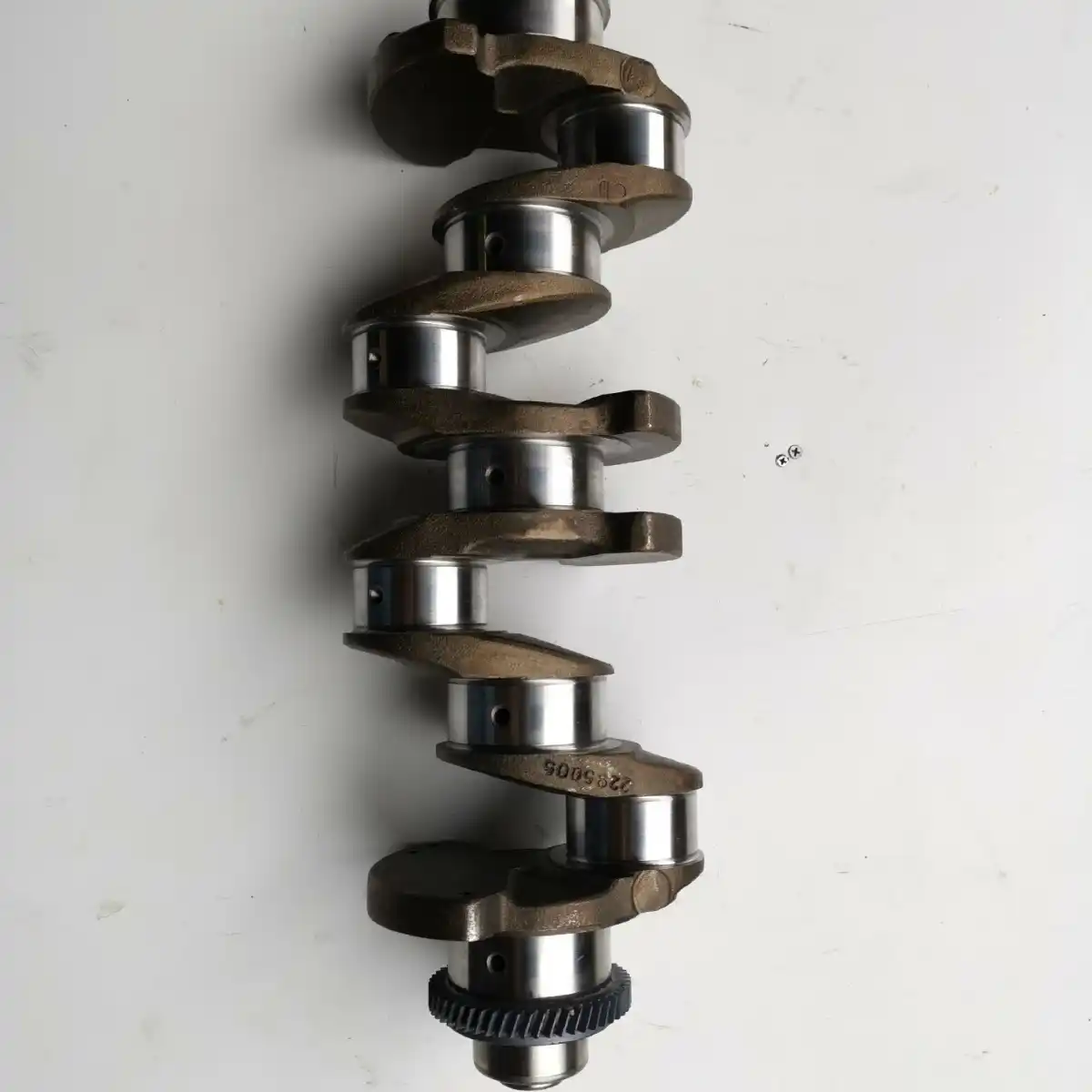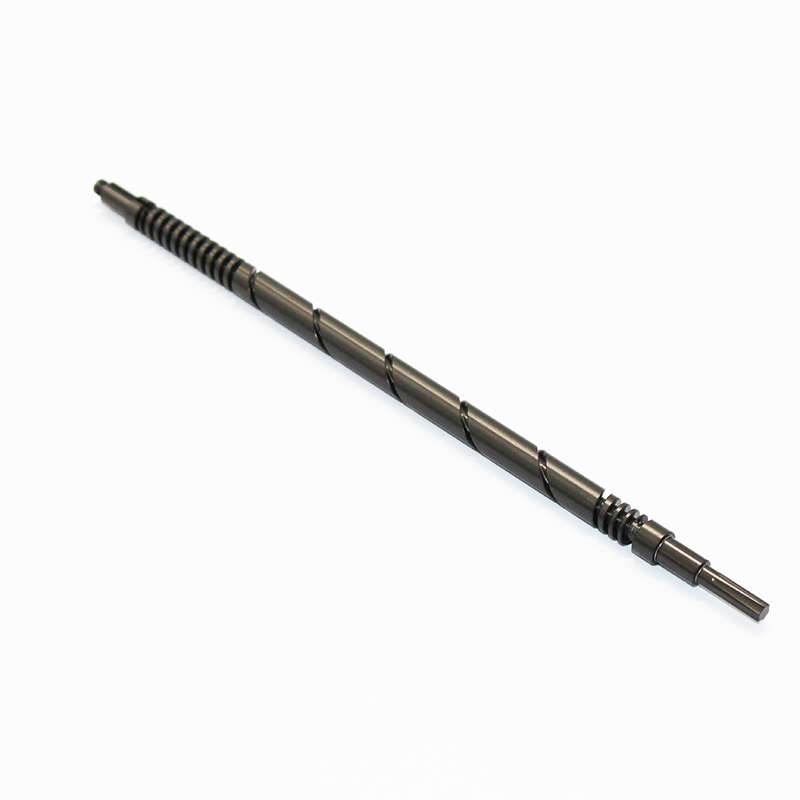CNC machining of auto parts crankshafts is an important application of high-precision machining, especially in the production of automobile engines. As an important part of the engine, the manufacturing accuracy and quality of the crankshaft are directly related to the performance and life of the engine. The crankshaft is mainly used to transmit the power generated by the engine combustion chamber and convert it into mechanical energy, so its strength, precision and durability are very high.

CNC machining of crankshafts usually includes multiple steps, each of which requires high precision and strict process control. Crankshafts are generally made of high-durability materials such as high-strength steel, cast iron, aluminum alloy or titanium alloy. Common materials include alloy steel (such as 42CrMo, C45, etc.), which has excellent tensile strength, fatigue resistance and corrosion resistance. First, the raw material of the crankshaft is cut into a rough shape to form a blank. Usually, this blank is made by forging or casting to ensure the internal organization and strength of the material.
Rough machining mainly removes excess material on the surface of the blank to make the shape of the crankshaft close to the final design requirements. This step is usually carried out by CNC lathes, CNC milling machines, grinders and other equipment. First, a CNC lathe is used for preliminary turning to form the basic outline of the crankshaft, including the main journal, connecting rod journal, flywheel disc, etc. At this time, more material is removed, and the main purpose is to shape the general shape. The purpose of finishing is to ensure the accuracy of the key dimensions and geometric shapes of the crankshaft, including the crankshaft bearing journal, flywheel hole, spindle hole, etc. A CNC milling machine is used for finishing to ensure that the dimensions of the journal and flywheel hole meet the design requirements, especially the geometry and surface quality of the crankshaft. A CNC grinder is used for detailed grinding to further improve the surface accuracy and ensure the roundness and flatness of the crankshaft journal and other key parts. A CNC lathe is used to accurately trim the external contour to ensure the straightness, coaxiality and roundness of the entire crankshaft.
The accuracy requirements of the crankshaft are not only the size, but also need to meet the requirements of dynamic balance. Since the crankshaft is subjected to extremely high rotation speeds and mechanical pressures during engine operation, it must have a high degree of balance. A dynamic balancing machine (usually in conjunction with CNC processing equipment) is used to detect and adjust the dynamic balance of the crankshaft. If it is unbalanced, it is usually adjusted by adding or removing weight to ensure the smoothness of the crankshaft during operation.
After the crankshaft is processed, it usually needs to be heat treated to improve its hardness, wear resistance and fatigue resistance. Common heat treatment methods include quenching, tempering and surface hardening (such as nitriding, carbonitriding, etc.). After heat treatment, the surface hardness and intrinsic strength of the crankshaft are improved, extending the service life of the crankshaft.
In the CNC machining process of the crankshaft, precision and quality control are crucial. Common detection methods include geometric accuracy detection, surface roughness detection, dynamic balance test, and hardness detection. The surface of the crankshaft may also need to be polished to remove tiny surface defects, improve surface finish, and reduce friction and wear. Some crankshafts may also need to be coated, such as chrome plating, molybdenum plating, etc., to improve surface wear resistance.
CNC machining technology plays an important role in the manufacture of crankshafts. Through high-precision turning, milling, grinding and other processes, crankshafts that meet strict quality standards can be produced. These crankshafts play a key role in carrying and transmitting power in automobile engines and must have excellent strength, wear resistance, dynamic balance and high precision. With the continuous advancement of CNC technology, future crankshaft processing will be more efficient and accurate, and can meet more complex design requirements.



